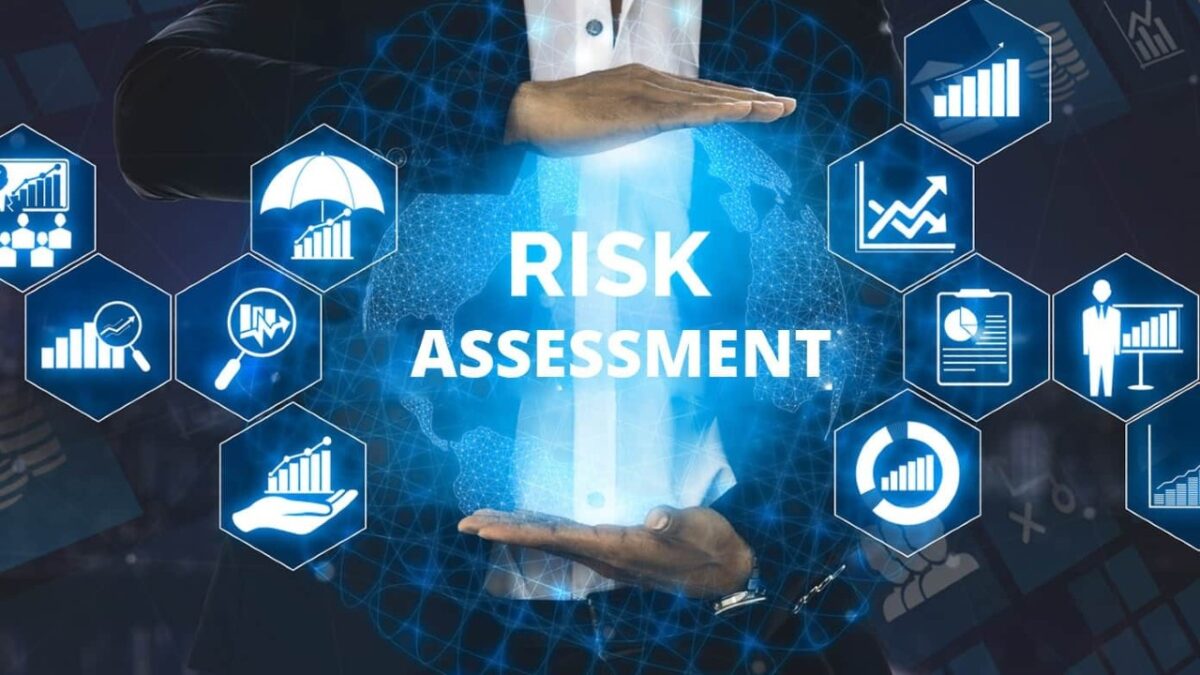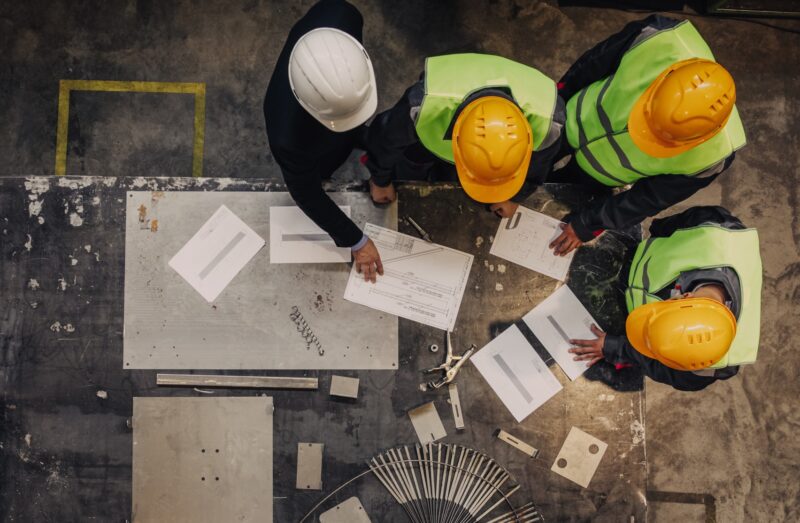In the dynamic realm of engineering, where innovation meets the intricate dance of safety regulations, the importance of implementing robust safety measures cannot be overstated. From the towering skyscrapers that scrape the sky to the intricate machinery that powers our industries, every engineering endeavor carries with it the inherent responsibility of safeguarding human lives and the environment.
Often, the line between success and failure hinges not only on the brilliance of design but also on the diligence with which safety protocols are upheld. As we delve into the multifaceted approaches that define safe engineering practices, we uncover a tapestry woven with technological advancements, rigorous training, and a steadfast commitment to continuous improvement.
Each layer builds upon the last, creating a framework that promotes not just compliance, but a culture of safety that resonates throughout the profession. In this exploration, we will examine key safety measures that engineers must embrace and the evolving challenges they face in an ever-changing world.
Through this lens, we aim to highlight not just the how, but the essential why behind prioritizing safety in every engineering project.
Introduction to Safety in Engineering

In the realm of engineering, safety is not merely a regulatory checkbox, but rather a fundamental principle that underpins every facet of design and practice. From towering skyscrapers to intricate machinery, engineers are tasked with ensuring that their creations don’t just function efficiently but also protect lives.
The balance between innovation and safety can often feel like a tightrope walk; however, it is this very tension that drives the advancement of technologies and methodologies aimed at mitigating risk. Emphasizing a culture of safety requires a commitment that resonates throughout the entire organization, from concept to construction.
Each project, with its unique challenges and environments, demands tailored approaches, fostering an ecosystem where safety measures evolve in tandem with engineering practices. Ultimately, prioritizing safety is not just about compliance; its about nurturing a mindset that values human well-being above all.
Risk Assessment and Management

Risk assessment and management stand as pivotal pillars in the realm of engineering practices, ensuring that potential hazards are identified and mitigated before they can escalate into catastrophic outcomes. Engineers must engage in thorough evaluations, examining various factors such as material properties, structural integrity, and environmental conditions.
This often involves dynamic simulations and rigorous testing, revealing vulnerabilities that may not be apparent at first glance. Moreover, proactive risk management strategies, which include regular audits and employee training programs, foster a culture of safety and vigilance within teams.
By integrating these approaches, organizations not only safeguard their workforce but also enhance the overall quality and reliability of their engineering projects, creating a robust framework that can adapt to the evolving challenges of the industry.
Personal Protective Equipment (PPE)

Personal Protective Equipment (PPE) serves as the frontline defense for engineers, safeguarding them against a myriad of potential hazards inherent in their work environments. Hard hats, safety goggles, and high-visibility vests form the foundational triad, but the complexity of engineering tasks often demands more specialized gear.
Consider the welder encased in flame-resistant clothing, or the laboratory technician donning respirators to shield against toxic fumes. Each piece of PPE is meticulously designed, not merely to meet regulatory standards, but to adapt to the multifaceted challenges presented by specific jobs.
The balance between comfort and protection is essential; after all, an engineers ability to perform hinges on equipment that avoids hindrances while ensuring maximum safety. As such, fostering a culture that prioritizes the correct use of PPE is paramount in reducing incidents and promoting overall workplace wellbeing.
Conclusion
In conclusion, while engineering can often be perceived as a dangerous profession due to the inherent risks associated with various projects and materials, the implementation of stringent safety measures significantly mitigates these hazards. By prioritizing safety protocols, advancing training programs, and fostering a culture of risk awareness among engineers, we can create a safer working environment that not only protects individuals but also enhances the overall quality and integrity of engineering practices.
When considering the question, “Is engineering dangerous?“, it is crucial for professionals within the field to remain vigilant and committed to continuous improvement in safety standards, ensuring that the benefits of engineering advancements are realized without compromising the well-being of those involved. Through collaborative efforts and innovation, the risks associated with engineering can be effectively managed, allowing for the pursuit of excellence in all aspects of the discipline.


